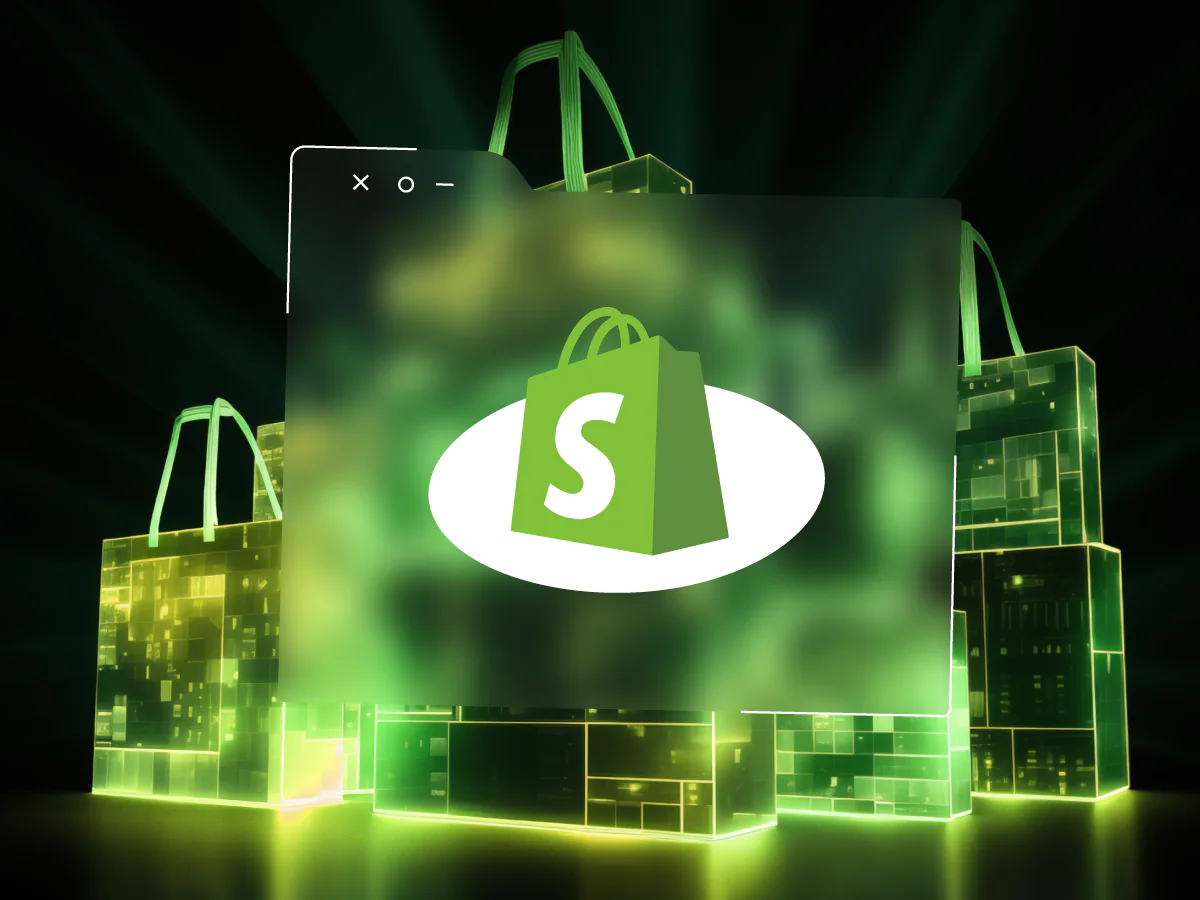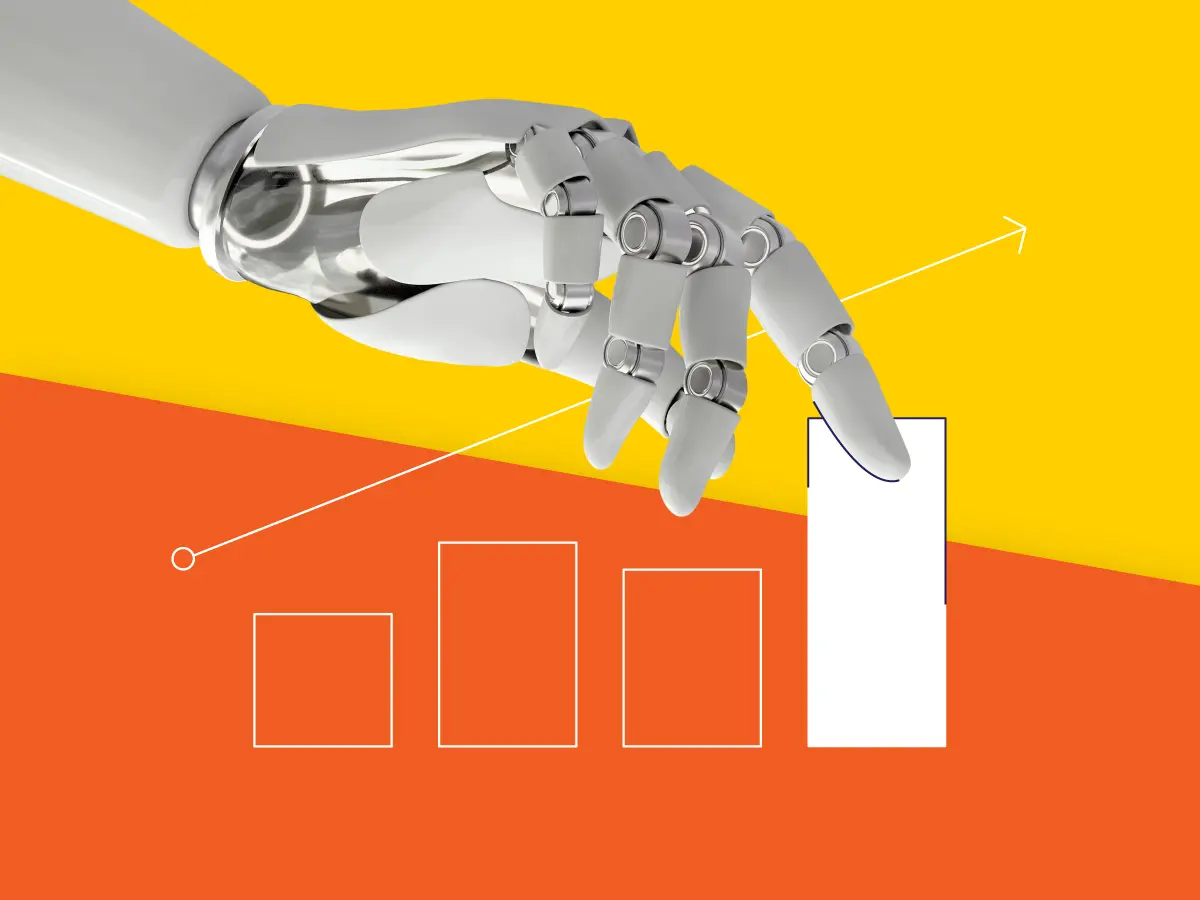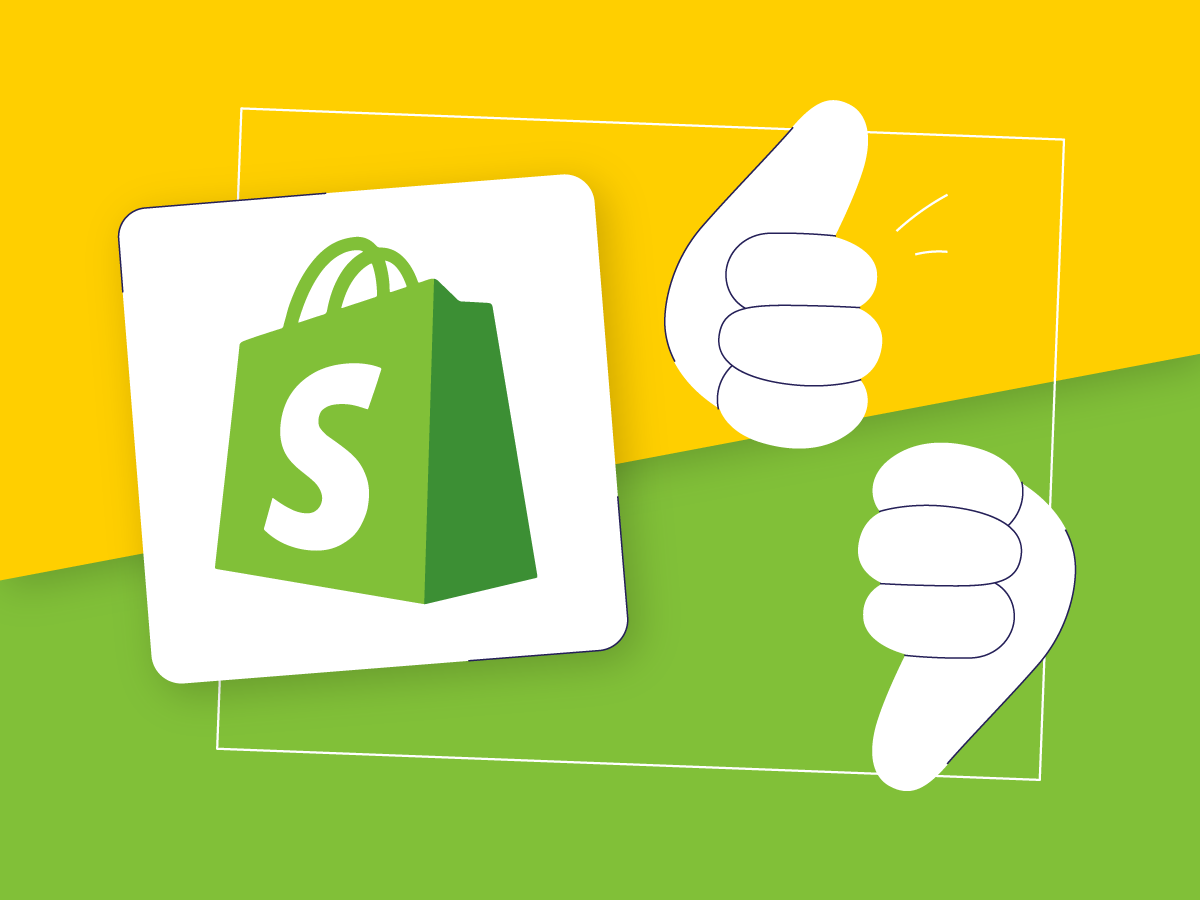Did you know that in 2023, e-commerce sales reached $5.8 trillion worldwide? The online shopping market is booming. And for businesses to capture a slice of that pie, an attractive online store is crucial.
Imagine launching an e-commerce platform that meets today’s demands and scales in the future.
The secret?
Choosing the right technology stack. In a market where 20.1% of retail sales are expected to take place online in 2024, the stakes couldn’t be higher.
For e-commerce, creating a seamless and engaging online experience is a necessity. With so many development tools available, selecting the right one can feel overwhelming.
This article becomes your roadmap to e-commerce success. We will dive deeper into the functionality of Laravel and React, highlighting the benefits they bring. By the end, we will equip you with the knowledge to choose the approach that best suits your goals, ensuring your online store gets a share of the trillions of dollars spent on e-commerce worldwide.
E-commerce business needs
In the fast-paced world of e-commerce, every click counts. To turn visitors into loyal customers, your online store needs a solid foundation built on key functionalities. These include product listings, intuitive shopping cart management, secure checkout processes, and personalized user accounts. Each of these elements is crucial.

Websites with optimized product filters increase conversion rates by up to 26%. Crystal-clear product presentations with high-quality images, detailed descriptions, and intuitive filtering options are essential for smooth navigation and informed purchasing decisions.
The latest research by the Baymard Institute states that 70% of ecommerce carts get abandoned. 7 out of every 10 potential customers add items to your online store’s cart. But then, something goes wrong. Their shopping spree comes to a screeching halt, and you have lost a valuable sale. Sound familiar?
Customers need to be sure they are protected throughout the entire checkout process. Implementing encryption methods and compliance with PCI DSS standards can reduce fraud.
User accounts should offer customers a convenient way to track orders, save preferences, and speed up checkout. Websites that provide a personalized experience can increase sales by 10-30%.
As your business grows, your platform needs to handle increased traffic and transactions. Moreover, an exceptional user experience makes your platform stand out. It is not about looking good. It is about a seamless journey from homepage to checkout that keeps customers coming back.
When developing an e-commerce site, the choice of technology stack is crucial, but the budget plays perhaps the most important role for most e-commerce businesses. We understand this.
Therefore, we’ve made a detailed review of how much an e-commerce website can cost for different needs and business requests. We have summarized the results in this article: we are sure it will be useful to you.
Laravel: a robust backend framework

Laravel is central to the backend, acting as a secure and powerful engine. Built on the PHP, this framework is designed to develop web applications with a focus on simplicity, elegance, and functionality. It is well-suited for e-commerce due to its robust architectural features and extensive community support. Its expressive syntax and powerful tools, combined with secure, scalable code, make it a good choice for the demands of e-commerce.
Here’s how Laravel empowers your online store:
- Secure Foundation: Laravel offers built-in features for user authentication, authorization, and data protection. They prevent common security issues like SQL injection and cross-site scripting (XSS).
- Rapid Development: Time is money, especially in e-commerce. Laravel’s use of the MVC (Model-View-Controller) architecture simplifies development by separating the logic of the application from the UI.
- Scalability: When it comes to handling high volumes of traffic and complex business logic, Laravel stands out. It’s designed to scale with your business, from processing a few transactions to thousands per minute. The framework supports many caching mechanisms and can integrate with more powerful database solutions to manage large data sets.
Pros of using Laravel for e-commerce platforms:
In the following section, we’ll learn more about React JS to answer the crucial question: Laravel vs React?
React JS: a frontend powerhouse
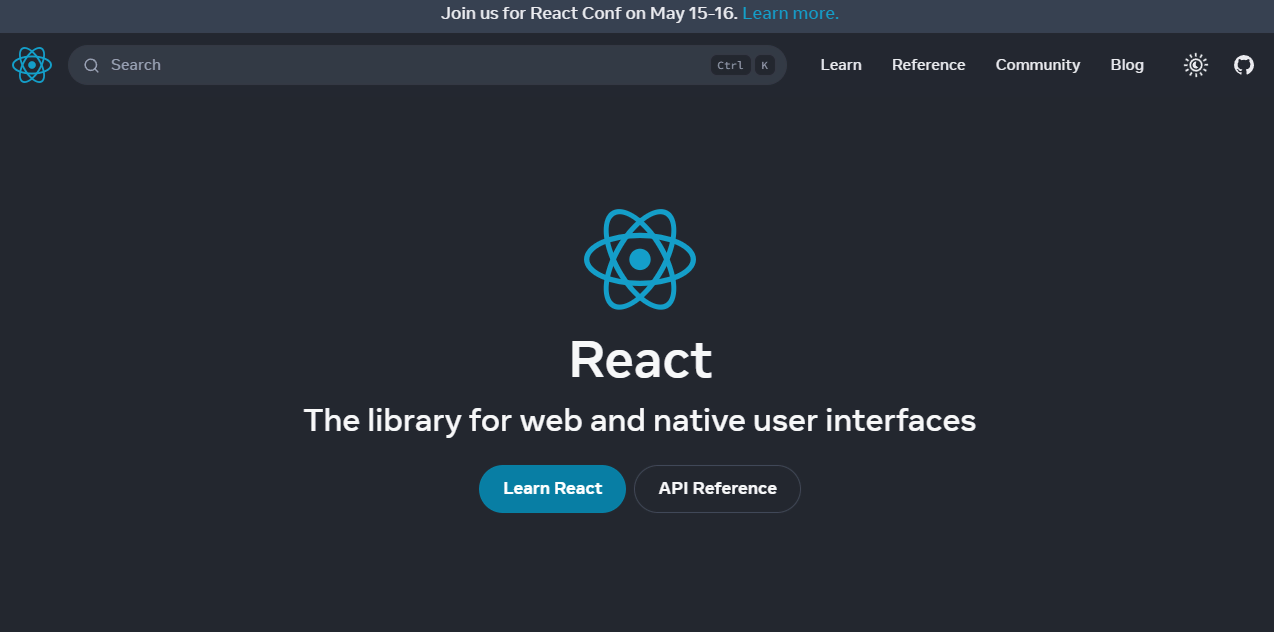
Developed by Facebook in 2013, React has changed the way developers approach front-end development. It provides a solid foundation for building responsive and engaging web apps.
React is a JavaScript library for creating dynamic user interfaces. It uses a component-based approach, where reusable building blocks are crafted for different UI elements. Its virtual DOM provides efficient updates to the real DOM, resulting in a smooth and responsive UX.
Here’s how React can benefit e-commerce businesses:
- Improved User Experience (UX): The virtual DOM allows React apps to update the least required parts of the UI, leading to significant performance improvements and a smooth user experience.
- Faster Development: Developers can create pre-built components for common UI elements like product cards, search bars, and shopping carts.
- Scalability: React’s architecture is well-suited for handling complex user interfaces with growing product catalogs.
Pros of React JS:
The impact on e-commerce businesses shown in the table is an estimate based on the benefits described. It may vary depending on the specific implementation and the nature of the online store.
Laravel vs React JS: which is the better approach?
Now that we have explored the strengths of Laravel and React, it’s time to make an important decision: which one is the best fit for your business?
Table Laravel vs React JS:
In a nutshell:
Choose Laravel if:
- Security, fast development, and built-in features for basic e-commerce tasks are your priorities.
- You have a team comfortable with PHP and you need a framework that scales easily with your business.
Choose React if:
- You want to build a dynamic and user-friendly UI with a complex UX.
- You have a team with strong JavaScript skills and access to extra resources for functionalities like user accounts and shopping carts.
Remember, the ideal solution is often a combination. Many successful e-commerce platforms leverage React on the front end for a captivating user experience, and Laravel on the back end for a robust and secure foundation.
As we explore the benefits that Laravel and React offer, it’s important to align these capabilities with your business goals. If you find the possibilities of Laravel intriguing, don’t hesitate to take the next step. Learn more about our Laravel services and see how they can meet your needs.
Case studies of using Laravel and React
The effectiveness of any technology is demonstrated best through its application in the real world. Here are a few successful e-commerce platforms that have harnessed the strengths of Laravel and React.
The popular email marketing platform Mailchimp offers built-in e-commerce features. Laravel serves as a solid foundation, providing secure transactions, efficient product management, and a scalable platform for growth.
Laracasts uses the framework of the same name to run its online store. Laravel’s security features and built-in user management and content creation capabilities make it the perfect solution for this platform.
React’s ability to update user interfaces in real time was crucial for the Airbnb booking system, where fast, responsive interfaces are essential for viewing listings and managing reservations.
Walmart turned to React to modernize its e-commerce platform to provide a seamless and fast shopping experience. React’s ability to update the UI was a crucial factor in handling Walmart’s wide range of products and high user traffic.
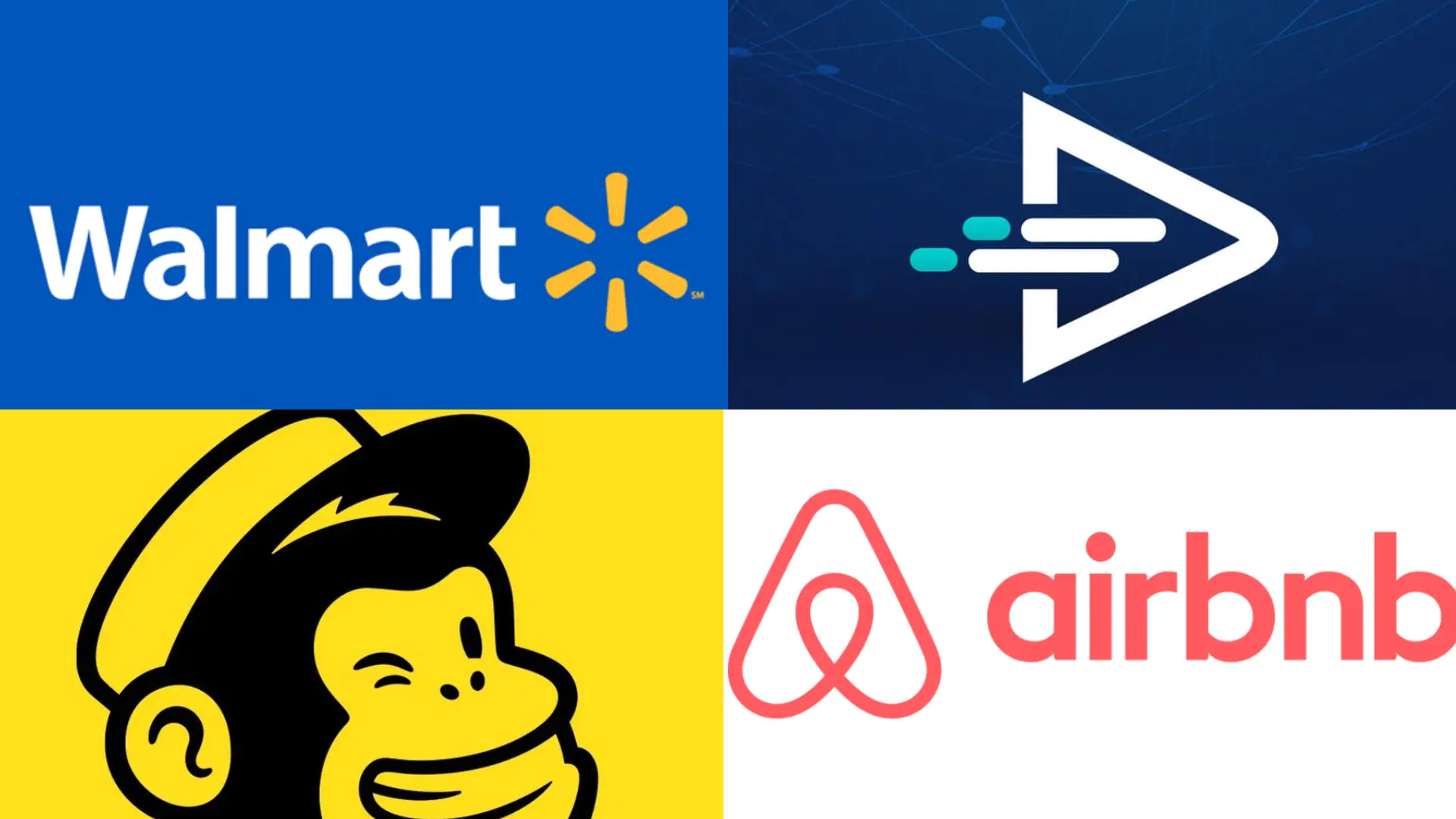
Each technology, when used to its full potential, can lead to improvements in performance, scalability, and customer satisfaction. These real-world cases show how businesses can use Laravel and React to achieve their goals.
Wrapping up
Need a secure and scalable framework for the rapid development of core functionalities? Laravel can become your key to success.
Do you prefer a user experience with dynamic features and a modern SPA? React might be your choice.
Choosing the right tech stack is important, so:
- Conduct a thorough analysis of your business needs and goals.
- Consider the budget, development timeline, and desired user experience.
While React can transform your user interface, Laravel provides the backbone for your online operations, supporting everything from user management to secure transactions.
This blog post is part of a series comparing Laravel with other approaches to website development. Check out the other posts in this series:




